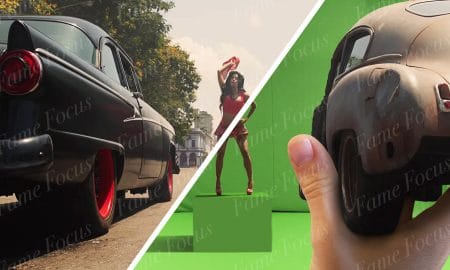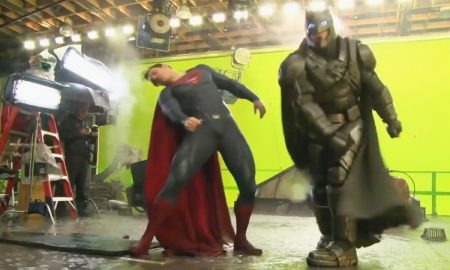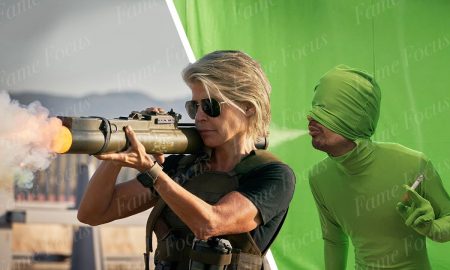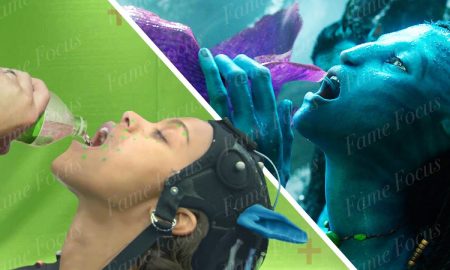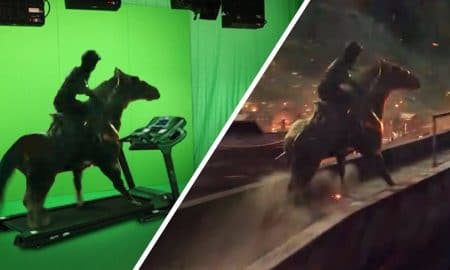ActionVFX is running a sale! Get your industry-leading VFX stock footage at 25% off, and get the AVFX Drive for 50% off!
A factory is generally made up of different departments, all working together to produce the final product. The VFX industry is similar, with many different departments, each with its own area of expertise, all working together to produce the final product. As you’d find in a factory, each department requires a different set of tools and machinery to complete their task. In the VFX industry, each department requires a different set of software tools to complete theirs!
We’ve created different categories based on areas of expertise to show you, what software options are most commonly used by the big VFX Houses.
Meantime, you can grab some amazing drag and drop VFX for your next project directly from ActionFX.
Rotoscoping
This skill is when the VFX artist basically traces around an object to create a mask that can then be used to remove the object from the shot to use on a different background. This process is quicker and easier when the background is a green or blue screen because you can then create this mask using color hues or Chroma range, a process known as Chroma Keying.
The majority of Big VFX houses outsource their “Grunt work” (Matchmoving and Rotoscoping) to India or Asia but when they do do it, they tend to use either, Silhouette or Mochapro, and some rotoscoping will be done in Nuke by Foundry.
Matchmoving
Matchmoving uses a variety of different techniques to track the movement of that camera that is filming a certain shot, this enables them to create a virtual camera that mimics these movements so that when they composite any 3D elements they’ve created back into the original plate, the scale, orientation, are perspective are perfectly matched.
This process (much like rotoscoping) is laborious and time-consuming and is generally “Outsourced” but the most popular software in use is 3D Equalizer, SynthEyes, and PFTrack. 3D Equalizer is the most popular and has been in use since 1996.
FX
This department is mainly responsible for creating natural effects, water, wind, fire, smoke, magical effects, and explosions. Unlike CG objects, characters, and animals, these effects are all too big, and too complicated to be animated by hand, so VFX Artists simulate them using Procedural Simulation Software. The two that are most widely used are Houdini by SideFX and Maya by Autodesk. Houdini is however very much the most widely used, so much so, that it has become the industry’s standard.
We’ve left an insanely quicker and cheaper alternative in the description. ActionFX has tons of drag and drop VFX that you can just pop into your timeline, scale and adjust and get cinema quality results in minutes! Be sure to check out our special discount in the description!
Modeling
Modeling artists create 3D models of characters, animals, plants and objects. Working from concept artwork, photographs, and other reference material, they begin by creating a wireframe, commonly referred to as a “Mesh” and then use digital tools to “sculpt” it. When ready, the 3D models can then be passed on to be animated, textured, and lit. There are a lot of software options out there but the main ones used are, Maya by Autodesk, 3D Studio Max by Autodesk, ZBrush by Pixologic, Mudbox by Autodesk, and MODO by Foundry. Maya and 3D Studio Max have become industry standards for building 3D characters, creating particles, rigging, and animating, whereas ZBrush has become the industry standard for 3D sculpting, and Mudbox, is its main competitor.
Animation
Animators use CG rigs to animate the objects previously created by the modelers. These rigs can be set up to control where the joints or pivot points of an object are, or how far an object can move or rotate. The animators must then use these controls not only to control movement but to convey emotion. whereas a puppet may just drop its head, an animated character will make you feel its sadness.
As far as software is concerned there is only one way to go, Maya by Autodesk, very much the industry standard, and its use is so widespread that it’s really become the only option.
Texture and Shading
The Texture artist is responsible for creating photorealistic textures to be placed on the gray 3D models that were made by the modeling department.
Maya by Autodesk and 3D Studio Max by Autodesk are generally used for shading because both feature a Node-based shading system. Textures, however, are usually created with either Mari by Foundry, Substance Painter by Adobe, or Photoshop, also by Adobe.
Rendering
This is the engine that is responsible for the final 3D image generation and is generally connected to the modeling and shading software. The most widely used are Renderman by Pixar, Arnold by Autodesk, and V-ray by Chaos.
Compositing
Compositors take all the CG components from each department and combine them with matte paintings and live-action footage to create the final shot.
Nuke by Foundry is the most popular and the most widely used, a similar software is Fusion by Black Magic Design but it is far less popular.
After Effects by Adobe is also used but mainly for TV advertisement compositing or motion graphics because its layered-based system is too limited for major movie productions.
Save big on industry-leading VFX stock footage products at ActionVFX! Get 25% off everything in their library, and get 50% off the AVFX Drive!
More in VFX
-
Amazing “Free Guy” VFX Breakdown
Whilst putting together our latest Breakdown of the VFX used in 20 Century Studio’s “Free Guy”, we interviewed Digital Domain’s VFX...
February 24, 2022 -
Amazing Before & After Hollywood VFX The Fate of the Furious
The Fate of the Furious marks the first instalment in the franchise since The Fast and the Furious: Tokyo Drift (2006)...
March 27, 2020 -
Amazing Before & After Hollywood VFX 2
According to Atomic Fiction’s VFX supervisor Ryan Tudhope, there wasn’t a huge budget for making the first Deadpool movie so they...
March 15, 2020 -
Amazing Before & After Hollywood VFX – Terminator Dark Fate
The Terminator saga continues with Dark Fate and now we take a look at some of the complex CGI behind the...
March 14, 2020 -
Amazing Before & After Hollywood VFX Avatar
Wait, in Avatar there were real actors? CGI artists are never just left to blindly animate characters and in most cases...
March 13, 2020 -
Amazing Before & After Hollywood VFX – Robin Hood
Ever wonder just how they composite some of the amazing scenes in Hollywood movies? We show you how in our series...
March 12, 2020


